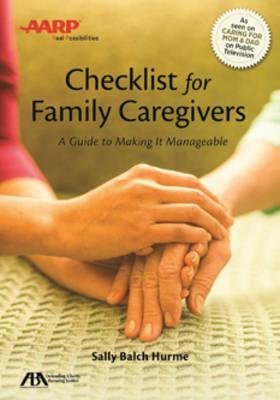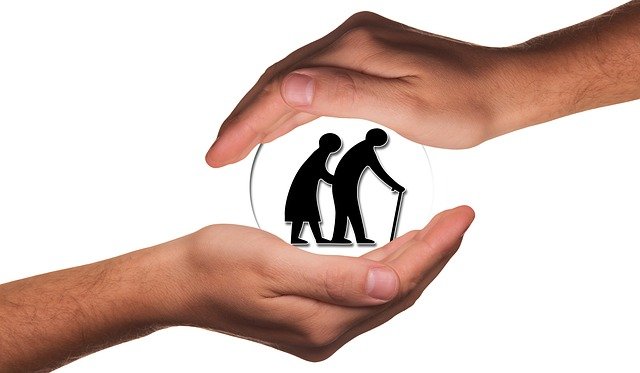
When a person abuses an older person, there are many ways to define it. Elder abuse can be described in three main parts: Intent to cause distress or harm; Victims; Treatment. In some cases, however, abuse may take place without any intention. The aim is to cause distress or harm, and not to help the victim.
Intent to cause distress and/or harm to the elderly
The intent to cause damage or distress to an elder person is a serious crime. It can include inflicting pain or drug-induced restriction, coercion, or mental anguish. It may also involve non-consensual sexual contacts or sexual abuse. The person causing the harm could be well-intentioned and think they are doing their very best.

Victims
Victims are vulnerable to financial and psychological abuse. Elder abuse can be more common in families that have suffered abuse or who have a history. Other risk factors include financial hardships, mental illness, or stress. Many family caregivers are also at risk from elder abuse. It is important to report elder abuse and prevent elderly loved ones being victims.
Elder victims may require assistance in getting to court hearings, meetings, as well as medical appointments. They may not have relatives nearby or are unable to travel by public transport. They may also be in a wheelchair, or using a mobility aid. In these cases, victim services providers should provide a list to local agencies for assistance.
Treatment
Elder abuse is complex and can have many different causes. You can experience financial, sexual, or psychological abuse. A physical abuse can be when an older person pushes, hits or threatens them. Psychological abuse involves coercive and threatening behavior. Other forms of abuse include abandonment as well as failure to provide basic requirements.
Neglect is the most common form elder abuse. Neglecting to care for an elderly person can lead to mental or physical injury. Another problem is financial exploitation of elderly people. Fraudulent charities and contests that target elderly people are common, as well as spurious investment opportunities. Unprofessional caregivers can also misappropriate cash and credit cards as well as victims' identities.

There are several ways to prevent elder abuse. Therapy is one of these interventions. A licensed therapist is able to help elderly people overcome trauma and tension as well plan for their safety. This therapy can take place in an individual, group, or familial setting. Therapy helps the victim overcome shame and stigma and develop new skills to cope with stress. It can also help caregivers with mental health issues.